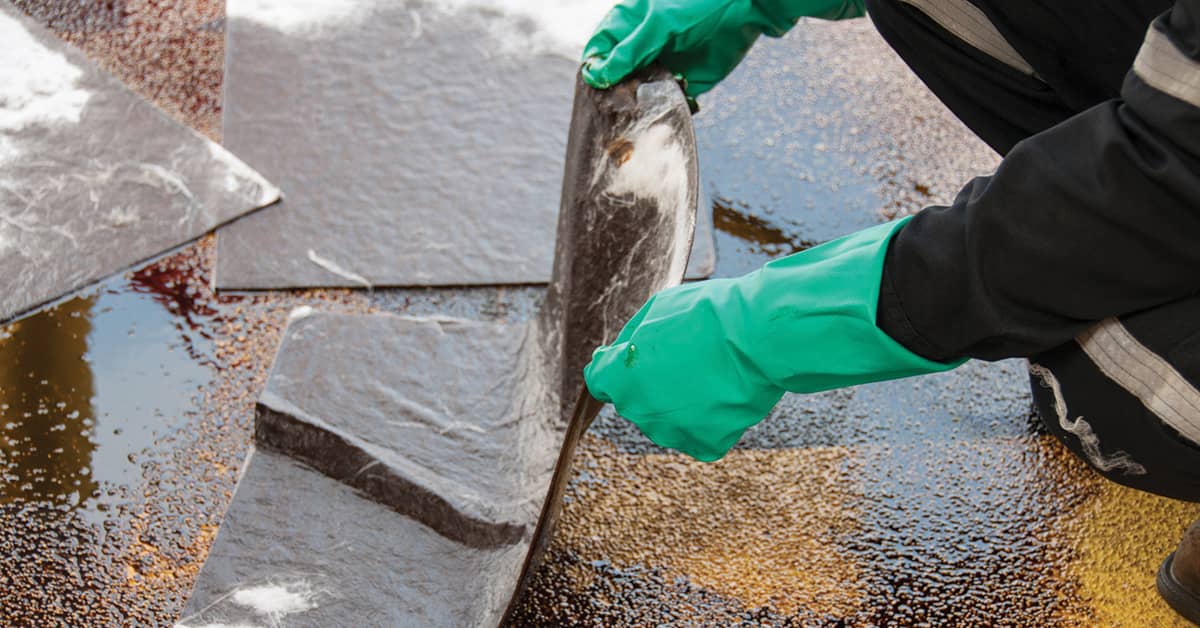What training is required for emergency spill response?
Date Posted: 06/14/2021

If you expect workers to respond to releases of hazardous substances, they may need training under OSHA’s Hazardous Waste Operations and Emergency Response (HAZWOPER) regulation. The type of release (incidental or emergency) and the expected response determines the level of training required. For example, if employees simply evacuate during an emergency, they do not need HAZWOPER training.
For incidental releases, Hazard Communication training may be sufficient to select appropriate personal protective equipment (PPE) and clean up the spill.
For a release that requires an emergency response, the HAZWOPER regulation applies to responders. An emergency response generally involves employees outside the immediate release area.
The quantity of the substance released does not distinguish an incidental spill from an emergency release. Rather, the substance’s properties such as toxicity, volatility, or flammability as well as the circumstances (confined spaces, ventilation, etc.) will impact what employees can handle safely. Mitigating factors might include the knowledge of workers in the immediate area, the availability of PPE, and what procedures are in place. These factors distinguish incidental spills from releases that require an emergency response.
Training levels
For HAZWOPER training, employers generally look under 1910.120(q)(6) which describes the following training levels:
- First responder awareness level
- First responder operations level
- Hazardous materials technician
- Hazardous materials specialist
- On scene incident commander
At the awareness level, the person can recognize an emergency but takes no action beyond notifying the authorities. There is no minimum number of training hours required, but the worker must have sufficient training or experience to understand certain hazards as described in the HAZWOPER regulation.
The operations level requires 8 hours of training. These workers may respond in a defensive fashion to contain the release from a safe distance and prevent exposures. They do not, however, attempt to stop the release.
The hazardous materials technician requires 24 hours of training that includes “operations level” material. A technician may approach the point of release and attempt to stop the release.
The other two levels (hazardous materials specialist and on-scene incident commander) would assist the technician, coordinate with outside emergency responders, and assume control of the scene, among other duties.
An evaluation of the hazardous substances at your facility and how you want workers to respond will determine the training level needed. If the potential for an emergency release exists, you might want someone who can recognize the situation and notify authorities, but even that response requires “awareness level” training.
How Safety Management Suite Can Help
If you are considering whether training under HAZWOPER is needed, you probably have employees who need training in Hazard Communication, personal protective equipment, and many other topics. The training area of the J. J. Keller SAFETY MANAGEMENT SUITE provides online courses, classroom program materials, and many other assets to help you quickly develop and deliver an effective training program.
E-mail Newsletter
Sign up to receive the weekly EHS Insider email newsletter for safety articles, news headlines, regulatory alerts, industry events, webcasts, and more.